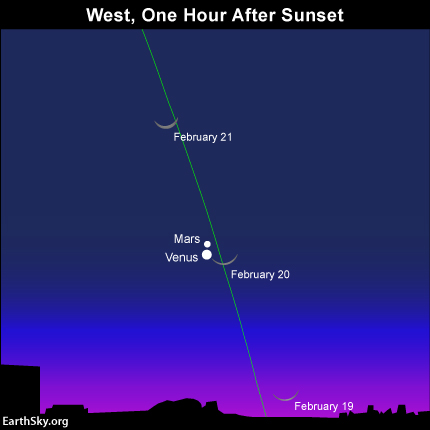Tomorrow, just after six o’clock in the morning and just as the sun is rising, we’ll experience the first full moon to occur on Christmas Day since 1977. I wasn’t even in high school yet in 1977 (although my husband was already in college by then). If you miss opening this Christmas present, you won’t get another chance until 2034 (by which time I should be retired).
 Other astronomical items of note this holiday week include:
Other astronomical items of note this holiday week include:
- On the 4th day of Christmas (Monday that is), Mercury reaches its peak distance from the sun 30 minutes after sunset in the southwest.
- On the 5th day of Christmas (Tuesday), Saturn continues its return from behind the Sun. Look to the southeast in the pre-dawn morning time.
- On the 6th day of Christmas (Wednesday), look up and south to spy the Seven Sisters (aka as the Pleiades)
- On the 8th day of Christmas (Happy New Year!), use binoculars to find Comet Catalina rising close to Arcturus (a very bright star) around midnight and continue to rise high in the southeast until dawn twilight.
- On the 9th day of Christmas (Saturday, January 2, 2016) the Earth reaches its closest point to the Sun (at the start of Winter no less)
- On the last day of Christmas (Twelfth Night) at 10 p.m. EST, Pluto hides behind the Sun.

For more interesting astronomical events and items, please visit Astronomy magazine’s The Sky This Week: December 25, 2015 – January 10, 2016 web page.
May the brightest star guide you in your search for Peace, Love and Joy.
Merry Christmas!




